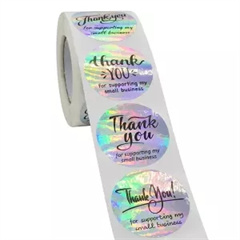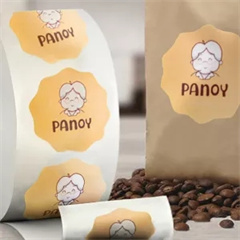PVC (Polyvinyl chloride) bags, often referred to as vinyl bags, come in various styles and designs, and their sustainability depends on several factors, including the production process, intended use, and disposal practices. Here’s a closer look at PVC bags in terms of style and sustainability:
Styles of PVC Bags:
- Tote Bags: PVC tote bags are popular for their versatility and durability. They come in various sizes, colors, and designs, making them suitable for shopping, beach outings, or everyday use.
- Clutch Bags: Smaller PVC clutch bags are often used for formal events or evenings out. They can have embellishments like sequins, glitter, or metallic finishes for a stylish look.
- Backpacks: PVC backpacks are trendy among students and travelers. They offer a waterproof option and come in various shapes and sizes.
- Cosmetic Bags: Transparent PVC cosmetic bags are used to organize and display makeup and toiletries. They are handy for air travel as they comply with liquid restrictions.
- Crossbody Bags: PVC crossbody bags are compact and offer a convenient way to carry essentials while keeping them visible.
Sustainability of PVC Bags:
The sustainability of PVC bags is a complex topic that depends on several factors:
- Material Choice: PVC is a type of plastic, and its production involves the use of fossil fuels and chemicals. It’s not biodegradable, and its manufacture can have negative environmental impacts, such as the release of chlorine gas and dioxins.
- Durability: PVC bags are known for their durability and long lifespan, which can reduce the need for frequent replacements. This durability can be considered sustainable if the bag is used for an extended period.
- Recyclability: PVC can be recycled, but the recycling process can be challenging due to the various additives and coloring agents used in PVC products. Proper recycling facilities and processes are necessary for sustainable PVC recycling.
- Alternatives: Many eco-friendly alternatives to PVC bags are available, such as bags made from organic cotton, jute, canvas, or recycled materials. These options have a lower environmental impact.
- Reuse: Reusing PVC bags for shopping or storage can extend their lifespan and reduce waste. However, it’s essential to be mindful of the bag’s condition and recycle it when it becomes damaged or unusable.
- Proper Disposal: When PVC bags reach the end of their life cycle, they should be disposed of responsibly. Recycling or proper disposal in landfills equipped to handle PVC waste is crucial to prevent environmental harm.
In summary, the sustainability of PVC bags depends on factors such as material choice, production processes, how they are used, and their end-of-life disposal. While PVC bags offer durability and functionality, they are not considered the most sustainable option due to the environmental concerns associated with PVC production and recycling challenges. Choosing alternatives made from more eco-friendly materials can be a more sustainable choice for conscientious consumers.








